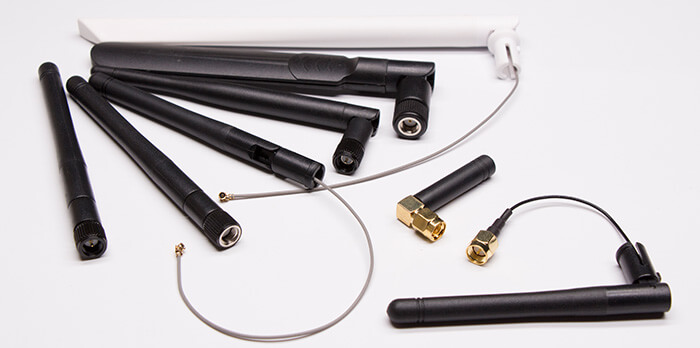How antennas work
Suppose you’re the boss of a radio station and you want to transmit your programs to the wider world. How do you go about it? You use microphones to capture the sounds of people’s voices and turn them into electrical energy. You take that electricity and, loosely speaking, make it flow along a tall metal antenna (boosting it in power many times so it will travel just as far as you need into the world). As the electrons (tiny particles inside atoms) in the electric current wiggle back and forth along the antenna, they create invisible electromagnetic radiation in the form of radio waves.
These waves, partly electric and partly magnetic, travel out at the speed of light, taking your radio program with them. What happens when I turn on my radio in my home a few miles away? The radio waves you sent flow through the metal antenna and cause electrons to wiggle back and forth. That generates an electric current—a signal that the electronic components inside my radio turn back into sound I can hear.

Transmitter and receiver antennas are often very similar in design. For example, if you’re using something like a satellite phone that can send and receive a video-telephone call to any other place on Earth using space satellites, the signals you transmit and receive all pass through a single satellite dish—a special kind of antenna shaped like a bowl (and technically known as a parabolic reflector, because the dish curves in the shape of a graph called a parabola).
Often, though, transmitters and receivers look very different. TV or radio broadcasting antennas are huge masts sometimes stretching hundreds of meters/feet into the air, because they have to send powerful signals over long distances. (One of the ones I tune into regularly, at Sutton Coldfield in England, has a mast 270.5 metres or 887ft high, which is something like 150 tall people standing on top of one another.) But you don’t need anything that big on your TV or radio at home: a much smaller antenna will do the job fine.
HJ Tech is a manufacturer in China to produce high quality Wireless Antenna, RF Connector and RF Cable Assemblies. We are ISO certificated Supplier with more than 13 years experience.
From: http://www.hj-antenna.com/how-antennas-work/



Leave a Reply
Want to join the discussion?Feel free to contribute!